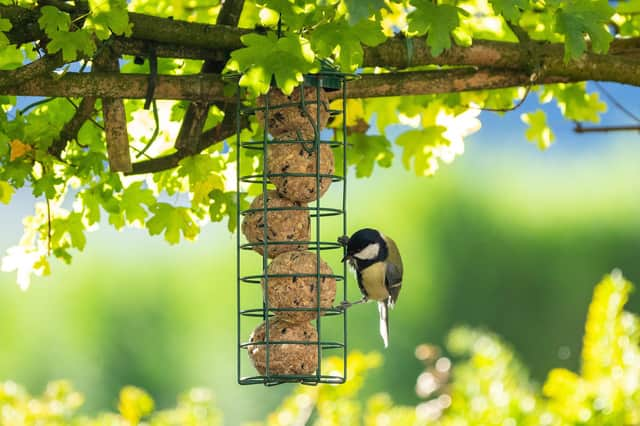Top ways gardeners can help wildlife thrive
This article contains affiliate links. We may earn a small commission on items purchased through this article, but that does not affect our editorial judgement.


Whatever the size of your garden creating a wildlife friendly habitat is simple to do and can attract a host of garden visitors. Small creature friendly features that will attract and sustain wildlife can be incorporated into any outside space – and are relatively easy to maintain.
One simple solution is to create a mini woodland with trees and shrubs or plant a hedgerow. Natural hedgerows are long lasting, wildlife friendly and sustainable alternatives to garden fencing.
Advertisement
Hide AdAdvertisement
Hide AdIn addition to providing cover and food for nesting birds, hedges left to flower and fruit with berries will also provide a valuable source of food and shelter for other wildlife. Traditional hedgerows contain several different plant varieties like hawthorn, hornbeam and dog rose.
January can be a difficult month for wildlife as natural sources of food are in short supply, so it’s important to ensure that bird feeders are regularly topped up and water supplies are fresh and not left to freeze. In severe weather, the RSPB advises putting out high-energy, high fat food for birds twice a day – in the morning and early afternoon - to keep up with demand. It’s also the Big Garden Birdwatch this month, January 26 to January 28 which encourages you to count the birds you see in your garden, balcony or local park. https://www.rspb.org.uk/whats-happening/big-garden-birdwatch
As well as birds, insects need some thought at this time of year. A good pollinator plant for January flowering is Winter Heather (Erica carnea).
While heathers are best grown in acidic soils, some can also thrive in neutral soil conditions – welcome news for gardeners wanting both colour and bee-friendly flowers in the depths of winter.
Advertisement
Hide AdAdvertisement
Hide AdThis winter flowering shrub likes a sunny spot where it can slowly spread out and its small bell-shaped flowers that hang from evergreen shoots are a favourite of honey bees.
In addition to stocking your garden with wildlife friendly plants, other top jobs for gardeners this month include:
Pruning of deciduous trees, shrubs and hedges can be carried out now and throughout the dormant season – it’s also easier to see what you are doing when the branches have no leaves! Think acers, beech, hazel, hydrangeas and roses.
Cleaning pots and greenhouses ready for spring which helps control pests and diseases. Giving your greenhouse a clean now, whether glass or plastic, greatly improves the growing environment for plants by removing the build up of algae, moss and grime to let in more light.Planning your crop rotation for the coming growing season if you are growing your own fruit and veg.
The principle of crop rotation is to grow specific groups of vegetables on a different part of the vegetable plot each year. This helps to reduce a build-up of crop-specific pest.